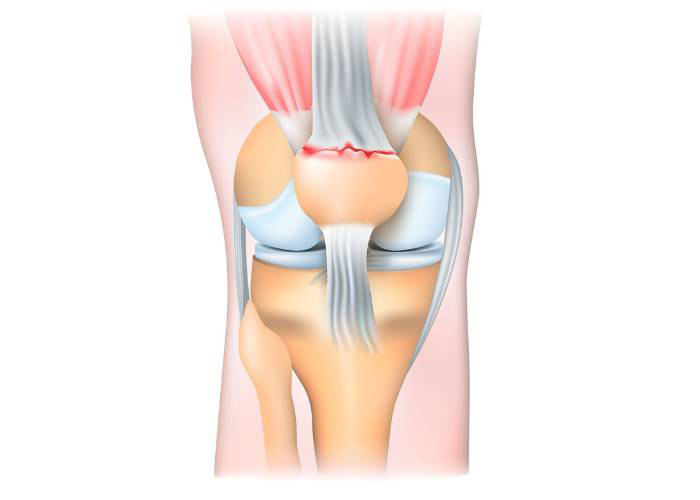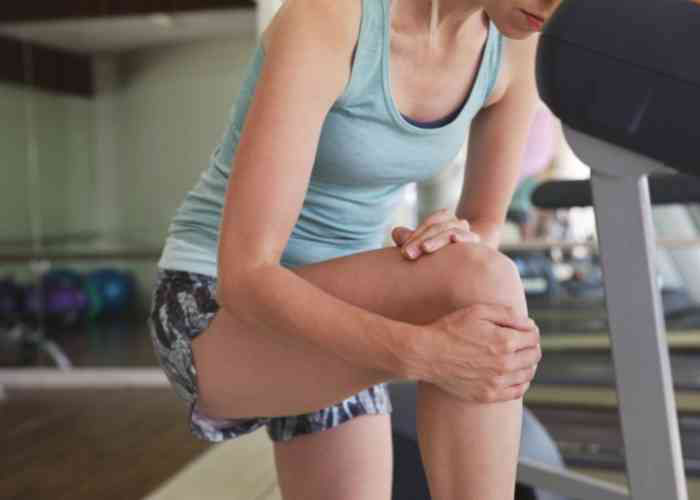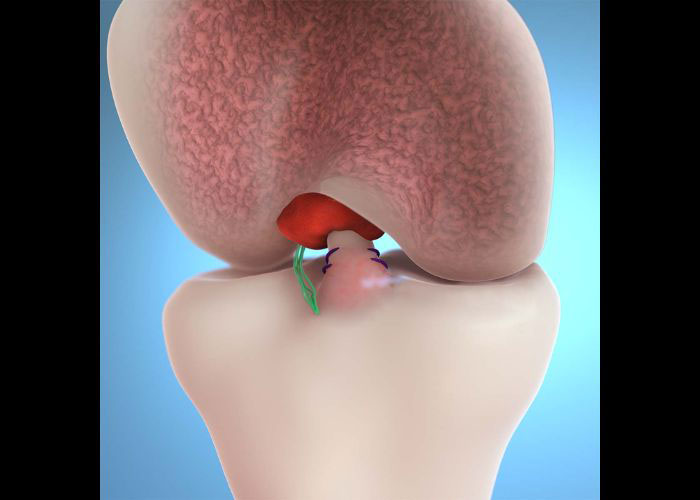What is a quadriceps tendon injury?
The quadriceps tendon is a strong fibrous tissue cord that connects the quadriceps femoris muscle group, more commonly known as the “quads”, to the patella (kneecap). Working together with the patellar tendon and the quadriceps muscle, the quadriceps tendon is integral for bending and straightening the leg. Even though the quadriceps tendon connects to one of the most powerful muscles groups in the human body, it is still susceptible to injury. A significant stress load imposed on the knee can cause involuntary flexion of the leg resulting in partial or complete tears of the quadriceps tendon. When the quadriceps tendon is weakened from a number of underlying health conditions, such as diabetes, rheumatoid arthritis, medication use, or chronic inflammation of the quadriceps tendon, there is a greater risk of sustaining a quadriceps tendon injury. This often serious and rare condition mostly affects middle-aged and older individuals that participate in jumping and running sports.
What is the treatment for a quadriceps tendon injury?
A minor quadriceps injury generally responds well to non-operative therapies such as joint immobilization and a physical rehabilitation program. However, in the event of failed conservative therapy, or when a patient sustains a severe or complete quadriceps tendon tear, surgical intervention is necessary to restore the integrity of the quadriceps tendon. Surgical repair or reconstruction of the quadriceps tendon is accomplished with the goal of strengthening the quadriceps muscle and stabilizing the knee joint. Dr. Ronak Mukesh Patel, orthopedic knee doctor, treats patients in Sugar Land, Pearland, and the Houston, Texas area, who have experienced a quadriceps tendon injury and are in need of surgical repair or reconstruction.

How is a quadriceps tendon repair performed?
Although the surgical repair of the quadriceps tendon is generally performed as an outpatient procedure, Dr. Patel will review the patient’s medical history to make this determination. To begin, an incision is made over the site of the tendon tear. Dr. Patel methodically examines the injured tendon and tissues. Once the quadriceps tendon injury is identified, specialized surgical instruments excise and remove the damaged fragments of the quadriceps tendon. Sutures are placed in the remaining healthy tissue and reattached with specialized surgical anchors at the top of the patella. These sutures are tied to make sure the tendon stays anchored in the correct anatomical position. Alternatively, bone tunnels can be used instead of sutures to fasten the quadriceps tendon back to the patella.
What is quadriceps tendon reconstruction?
Occasionally, if a significant amount of time has passed between the injury and surgical repair, the quadriceps tendon may have retracted making surgical repair difficult and reconstruction may be necessary. To lengthen the retracted tendon, a tendon graft from either the patient (autograft) or donor tissue (allograft) can be implemented. This tissue graft is passed and secured in the correct anatomical position. It is important that the tendon graft be situated as close to the native tissue as possible to provide the best recovery outcome. The tendon graft is then evaluated for good strength and tension before completion of reconstruction.
What is the recovery period like after a quadriceps tendon repair or reconstruction?
The severity of the injury and the particular surgical technique performed by Dr. Patel can determine the recovery period following a quadriceps tendon repair. Although the minimally invasive arthroscopic procedure often reduces the recovery time, the bones, ligaments, and tendons still take the same amount of time to heal. Most patients can expect a full recovery with a return to normal daily activities in approximately 4 to 6 months. Compliance with the post-operative care instructions provided by Dr. Patel can also greatly affect a patient’s recovery. Patients in the Houston, Texas area can generally expect the following:
- An immobilization device, such as a knee brace, will be applied immediately following surgery and remain in place for at least 8 weeks.
- Post-operative pain and inflammation can be mitigated by a combination of rest, ice, elevation, and non-steroidal anti-inflammatory medications (NSAIDs). If necessary, Dr. Patel can prescribe stronger pain medication to be taken as directed.
- Adhering to and completing the physical rehabilitation program designed by Dr. Patel is the key to a successful quadriceps tendon recovery.
Quadriceps Repair/Reconstruction Surgeon

The quadriceps tendon in the knee can tear slightly, and not require surgery. However, if the tendon has torn completely, or if knee function and stability is affected, quadriceps tendon repair or reconstruction may be needed. Quadriceps tear surgeon, Doctor Ronak Mukesh Patel, provides diagnosis as well as surgical and nonsurgical treatment options for patients in Houston, Sugar Land, and Pearland, TX who have torn their quadriceps tendon in the knee. Contact Dr. Patel’s team today!








